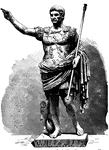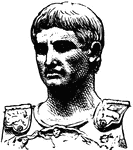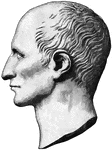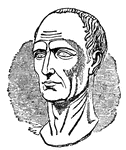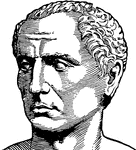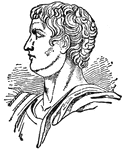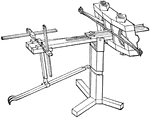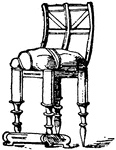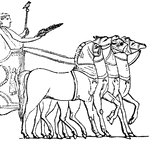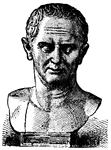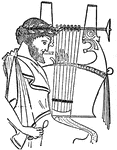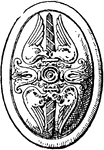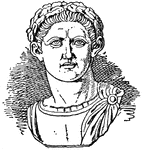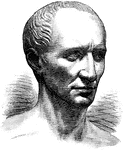
Julius Caesar
An image depicting Julius Caesar, a Roman general and statesman. He was a key component to the shift…
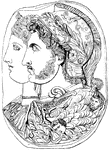
Gonzaga Cameo
"The Gonzaga Cameo. Ptolemy I. and Eurydice. Roman. In the St. Petersburg Museum." —D'Anvers,…

Roman Candelabrum Base
The Roman candelabrum base is encircled with leaves and lion's claws as feet.
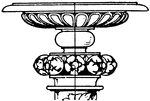
Renaissance Candelabrum Capital
The Renaissance candelabrum capital is made out of marble and terminates with a plate or table on top.…
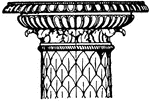
Roman Candelabrum Capital
The Roman candelabrum capital is made out of marble and terminates with a plate or table on top.

Roman Candelabrum Shaft
The Roman candelabrum shaft is a design made out of marble. It is richly decorated with foliage and…

Roman Candelabrum Shaft
The Roman candelabrum shaft is a design made out of marble. It is richly decorated with foliage and…
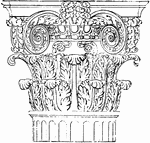
Composite capital
"The Composite or Roman order was the outcome of the attempt to improve the Corinthian, of which it…
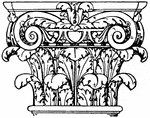
Roman Composite Capital
The Roman composite capital is a fusion of the ionic and corinthian capitals.

Roman Corinthian Capital
The Roman Corinthian capital is found in the palaces of the emperors in Rome. It is a design of spiral…
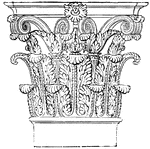
Roman-Corinthian Capital
"The favorite order was the richly-decorated Corinthian, the beauty of which the Romans strove to increase…
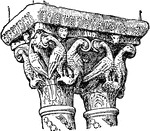
Romanesque Capitals
An illustration of a Romanesque capitals from the cloister of Monreale near Palermo, Sicily. In several…

Capitoline Hill in Rome
The Capitoline Hill, between the Forum and the Campus Martius, is one of the seven hills of Rome. By…

Bust of Caracalla
Caracalla (April 4, 188 – April 8, 217. Caracallus ), born Lucius Septimius Bassianus and later called…
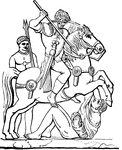
Cavalryman Charging
Charging cavalryman pictured trampling an enemy soldier and holding a spear in the Gallic War.

Roman Centurion
A Centurio was a low-to-middle ranking officer in charge of a "century," ideally 100 men but ranging…

Boxer with cestus
"The cestus was used by boxers from the earliest times. It consisted of thongs of raw ox-hide, or of…

A Graeco-Ertuscan Chariot
"The chariot was discovered in 1903 in an Ertuscan cemetery near Rome. It dates from perhaps 600 B.C.…
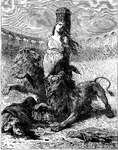
Christians Given to the Lions in the Roman Amphitheater
"More particularly was the new sect of Christians selected as the objects of vengeance. These people…
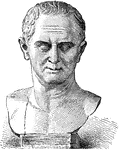
Marcus Tullius Cicero
Marcus Tullius Cicero (106-43 BC) was a Roman philosopher, statesman, and lawyer.

Circus Maximus
"Chariot-racing was a favorite amusement, and the great circuses were arranged especially for such contests.…

Roman Clypeus
"The following cut represents a Roman clypeus, from the column of Trajan. The projection in the centre…

Columns of Domitian
"The columns of cipollino, which belonged to the Palace of Domitian." — Young, 1901

Columns of Temple of Castor
"Columns of Temple of Castor, Temple of Augustus, and Palatine Hill." — Young, 1901
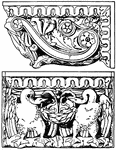
Roman Console
This Roman console is shown in the front and side view. It is a design that includes two decorative…
Roman Console
This Roman console is shown in its front and side view. It is found in the Temple of Jupiter Stator…

Roman Console
This Roman console is shown in its front and side view. It is found in the Vatican, Rome, Italy.

Constantine the Great
Emperor of Rome from 306 to 337. He is best known for being the first Christian Roman emperor.
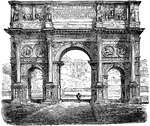
Arch of Constantine
The Arch of Constantine was erected to celebrate Constantine's victory of Maxentius at the Battle of…
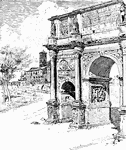
Arch of Constantine
"This arch is the most modern and the best preseved of all the buildings which remain of the Imperial…
